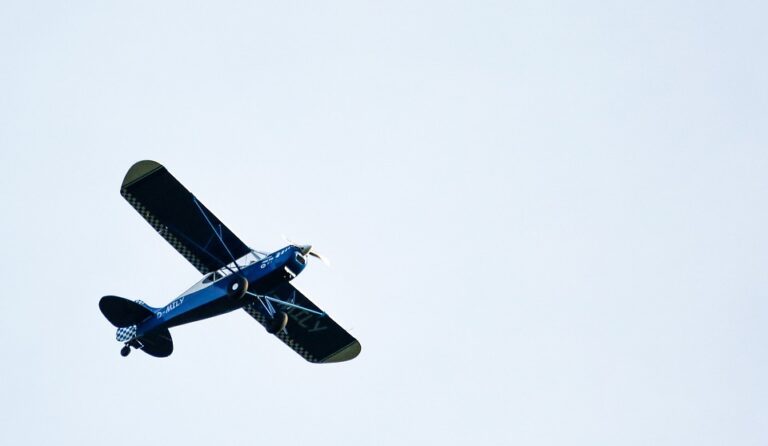Plane Crashes in North Hampton, New Hampshire: A Look at the Facts and Statistics
North Hampton, New Hampshire, a quaint coastal town renowned for its scenic beauty and serene environment, has witnessed its share of aviation mishaps over the years. While any plane crash evokes fear and curiosity, understanding the statistics and facts surrounding these incidents can provide insight into their frequency and causes. This article delves into plane crashes in North Hampton, examining historical data, statistics, and the community’s response to aviation safety.

A Brief History of Aviation in North Hampton
Although North Hampton is not known as an aviation hub, its proximity to the Atlantic Ocean and its small regional airport means that it sometimes serves as a backdrop for airborne incidents. The town’s peaceful landscape is juxtaposed with the reality of aviation accidents, which can occur due to various factors, including weather conditions, pilot error, and mechanical failures. Nationally, the Federal Aviation Administration (FAA) reports that general aviation aviation accidents occur at a rate of approximately 1.5 accidents per 100,000 flight hours.
Historical Context of Plane Crashes
In the past decade, North Hampton has experienced a few notable aviation incidents. For example, in 2017, a small private aircraft crash-landed in a wooded area due to a sudden loss of engine power, though fortunately, there were no fatalities. While such isolated incidents can cause panic, they are vital for analyzing aviation safety trends.

Statistics on Aviation Incidents
Understanding the context of plane crashes requires an examination of statistics. According to the National Transportation Safety Board (NTSB), general aviation crashes account for 80% of all aviation accidents in the United States. However, commercial airline incidents are exceedingly rare, with a higher-than-ever safety record in recent years. In 2020, the aviation industry recorded only one commercial airline accident with fatalities, leading to a reassurance that flying is one of the safest modes of transport.
Another key statistic to consider is the survival rate in aviation accidents. Approximately 95% of all aviation accident victims survive; many times, it is the circumstances of the crash that scale injuries. This reflects advancements in safety technology, including better aircraft design and improved pilot training protocols.

Community Response and Safety Initiatives
When incidents occur in small towns like North Hampton, the community’s response is crucial. In reaction to past incidents, local agencies, alongside the FAA and NTSB, have worked to improve aviation safety and accident preparedness. Community events focusing on air safety education bring together aviation enthusiasts and regulatory representatives. These initiatives contribute to enhanced training for local pilots and ensure they are better equipped to handle adverse conditions.
Moreover, such crashes lead to a review of local air traffic regulations and safety measures, ensuring that any potential safety hazards are addressed swiftly. Local governments often engage in regular audits of air traffic control and airport management protocols, thereby fostering a culture of safety awareness.
The Future of Aviation Safety
As technology evolves, so too do aviation safety measures. The introduction of new technologies, such as automatic safety systems and advanced air traffic control systems, aims to reduce the risk of accidents significantly. Additionally, many pilot training programs are integrating decision-making simulators and other advanced methodologies to prepare pilots for unexpected situations.

The Use of Drones and Emerging Aviation
Interestingly, the rise of drones has introduced a new chapter in aviation incidents and safety. With regulations still catching up to technology, there’s an ongoing discussion about how small unmanned aerial vehicles (UAVs) interact with traditional aircraft operations. In regions like North Hampton, discussions on safe drone usage and the integration of unmanned systems into manned aircraft airspace are crucial.
Conclusion
Plane crashes in North Hampton, New Hampshire, while infrequent, underscore the complexities of aviation safety. With statistics reflecting significant improvements in overall safety, the community’s proactive approach to addressing potential hazards will continue to enhance confidence in air travel. As we move forward with advancements in technology and safety protocols, it is vital to keep educating the public and raising awareness about aviation safety to prevent future accidents.
In understanding the history and statistics surrounding aviation in North Hampton, it becomes clear that heightened awareness and preventive measures play pivotal roles in ensuring that flying remains one of the safest modes of transportation in America.


